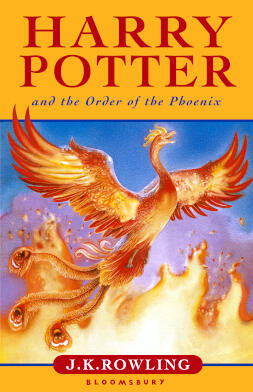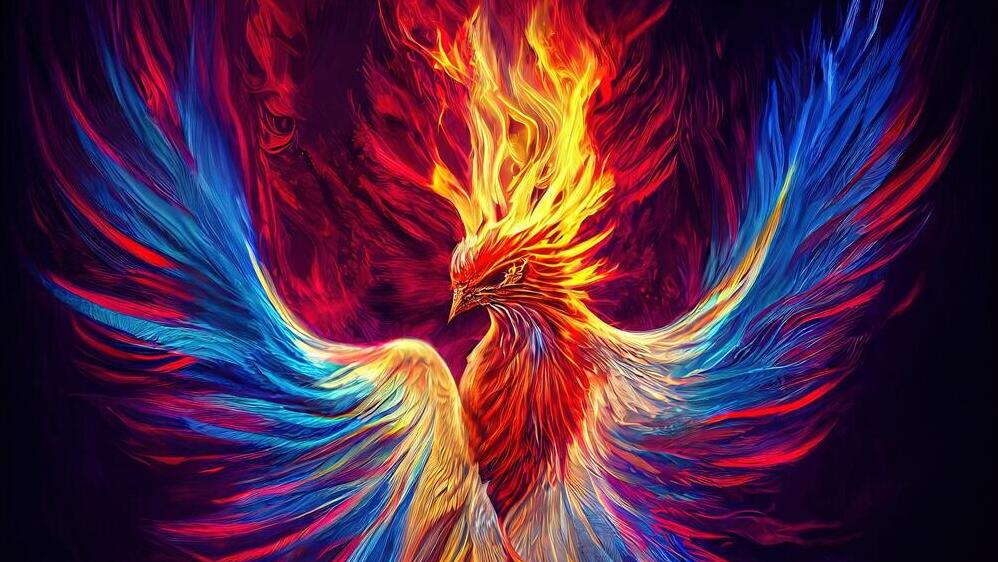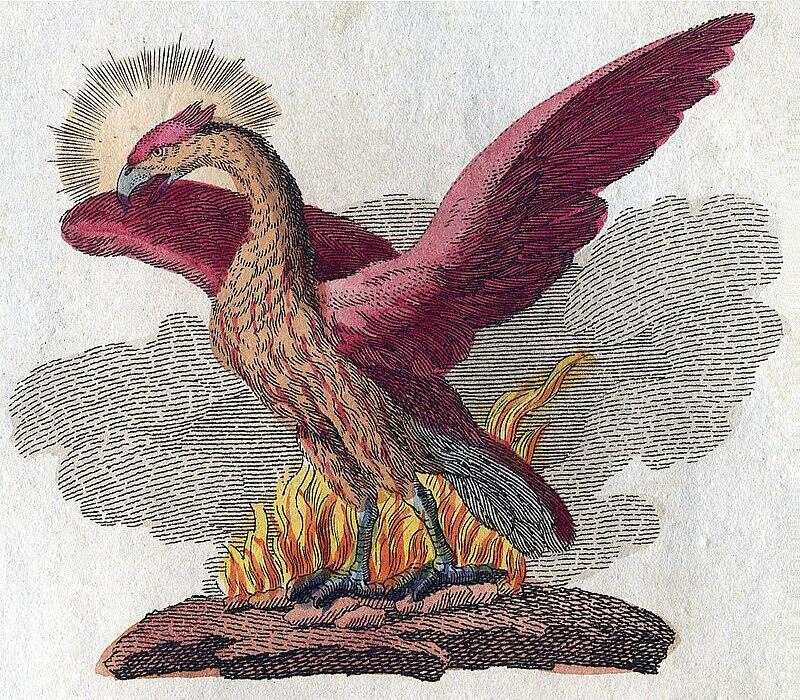Getting your Trinity Audio player ready...
The legend of the phoenix appears in different cultures - from Greek mythology and ancient Egypt to modern fantasy stories. The legendary bird is made of fire and lives for centuries before it bursts into flames and is reborn from the ashes.
However, the mythical winged creature also makes several appearances in Jewish scripture and subsequent commentaries on the Hebrew Bible.
“In all mythologies, there is a concept of hope after loss and death. The possibility for Tikkun (amendment/fixing) exists in the phoenix itself – and it is very strong,” says Ayala Dekel, an author and a spiritual expert who serves as the head of the secular yeshiva The Jewish Movement for Social Change.
The legendary bird appears in various interpretations of the Bible more than once. In Genesis Rabbah — a midrash comprising a collection of ancient rabbinical homiletical interpretations of the Book of Genesis — it is referred to as "Khol", Hebrew for sand, drawing from one verse from the Book of Job: "Then I said, I shall die in my nest, and I shall multiply my days as the sand" (chapter 29, verse 18).
According to the midrash, Eve offered all the animals in the Garden of Eden to taste the fruit of the Tree of Knowledge, and only the animal referred to as “sand” refused to do so. Therefore, it was not subjected to death like the rest of the living creatures and thus it enjoys eternal life.
According to Rabbi Yannai's interpretation, after a thousand years of life, the nest of the phoenix bursts into flames and consumes it, "and the bird is left as an egg and then it grows organs and lives again."
Rabbi Yodan, however, also says that after a millennium, the body of the phoenix is consumed and becomes an egg before growing back again, but does not make any mention of fire.
Later Bible commentator the Malbim, who lived in 19th-century Ukraine, noted in his writings that the legendary bird exists in the tales of other peoples as well.
"Other sages also mentioned that it lived forever and that every thousand years it burns in its nest and returns to live, and so other ancient bards mentioned the phoenix in close proximity to this description," he wrote.
In another interpretation, the bird is mentioned by its Aramaic name "Orshina" in the context of the great flood and Noah's Ark. In the story, Noah finds Orshina perching on the ark's port and asks if it would like to eat like all the other animals. Orshina replies that it does not wish to disturb Noah as he was busy feeding the other animals, and did not want to further burden him. In response, Noah blesses it and says it will never die.
"Sometimes people seem to think that the Talmud only touches on halakha, which is absolutely not true," says Dekel. "Demons and spirits are also present in the world of Hazal (sages from the classic Jewish period), and there is a lot of paranormal stuff there."
What role did the idea of the phoenix serve in the eyes of Hazal? Perhaps it gave hope of rebirth after the destruction of the Temples and in the face of the hardships of exile?
"It could very well be. There is something in the phoenix that tells us: never give up. It is no coincidence that it appears in the context of Job, who ישד to rise from the ashes and start his life anew," she says.
"This is a very significant theme both in Hazal and in fantasy. Hazal had to deal with exile, a difficult life, poverty.
So many times in life we are at a moment when everything seems lost. As a mother, I can say that even in childbirth - right before the baby is born, there are moments when you think you are going to die. I remember it from the birth of my first son. From the pain, something was born."
The legendary bird is also mentioned many years later in Jewish poet Haim Nahman Bialik's 1907 essay "Our Young Poetry", where he writes "There is not a living organ left from the old Judaism except for a burnt egg of 'sand' coming out of its nest..."
Israel's national poet goes on to write that from that egg, a small chick will be reborn whose "cheerful chirping will give rise to the voice of a renewed national poetry."
4 View gallery


Cover of the fifth installment of the Harry Potter series - Harry Potter and the Order of the Phoenix
(Photo: Bloomsbury)
Dekel could not help herself but tie her work with one of the most popular works of literature of the modern era, which also happens to reference the mythical bird — Harry Potter.
"Even before I'm a yeshiva head and before I'm a writer, I'm a Harry Potter fan," she divulges.
"The phoenix has always fascinated me. I study and teach Talmud a lot, and it was fascinating to see how the Talmudic and midrashic world relates to the phoenix."
She finds many parallels between the role of the phoenix Fawkes in JK Rowling's books, which belongs to Hogwarts headmaster Albus Dumbledore, and the role of the legendary creature in Hazal's works.
"When Harry enters Dumbledore's office and sees the phoenix burning, he thinks he's done something wrong, and Dumbledore explains to him that it's his time," she says.
"It's a process of coming of age. There is something reassuring in this statement, that the world progresses, continues and grows anew.
The feather of the phoenix is found in both Harry's wand and Voldemort's wand. There is a statement here that the same thing can be a positive force and a negative force, and the choice is up to the individual. This is an idea that is also found in Hazal."




